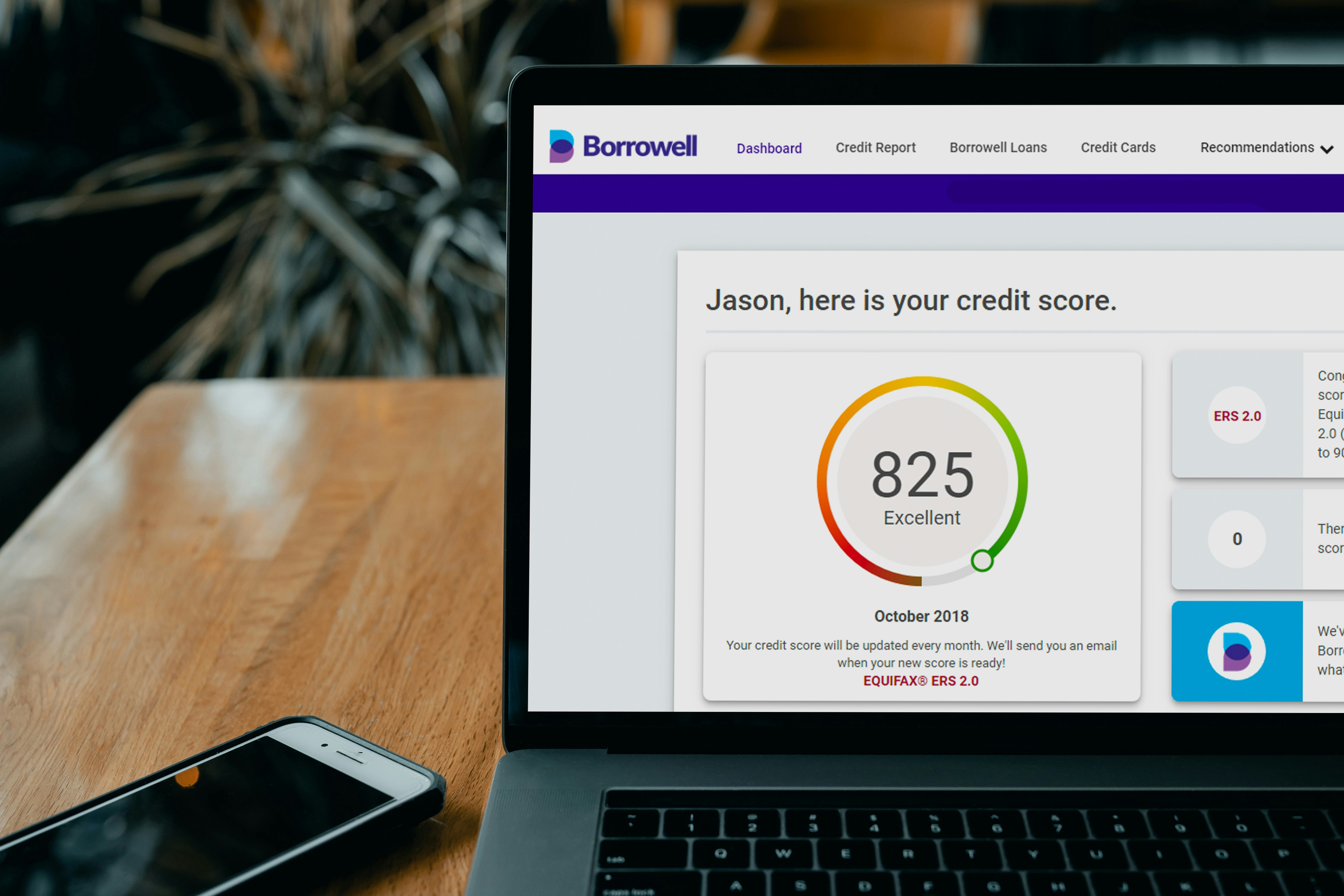Understanding Health Insurance Basics
Health insurance serves as a critical tool for managing healthcare costs, protecting families from unexpected medical expenses. Key elements of health insurance plans include premiums, deductibles, copayments, and out-of-pocket maximums. Understanding these terms is crucial for selecting the right health insurance plan for your family.
The premium is the amount you pay for your health insurance coverage, typically on a monthly basis. This consistent payment provides access to your insurance benefits, but it does not necessarily cover all costs associated with healthcare services. When evaluating a health insurance plan, it’s essential to consider the premium in relation to what benefits are provided and how often you or your family might require medical services.
Deductibles are the amount you must pay out-of-pocket for healthcare services before your insurer begins to cover costs. A higher deductible may result in lower premiums, but it can lead to higher costs if significant medical care is needed. It is vital to analyze your family’s expected healthcare usage to determine the most suitable balance between premium and deductible.
Copayments, often referred to as copays, are fixed amounts you pay for specific services or medications at the time of service. This structure allows for predictable budgeting of healthcare costs. Understanding the copayment amounts for different services helps in comparing various health insurance plans. Meanwhile, out-of-pocket maximums represent the highest total amount you will pay for covered services in a plan year. Once you reach this limit, your insurer is responsible for all covered expenses.
In conclusion, grasping these fundamental concepts is imperative when assessing different health insurance options. By recognizing how premiums, deductibles, copayments, and out-of-pocket maximums impact your overall healthcare costs, you can make informed decisions in finding the right health insurance plan for your family.
Assessing Your Family’s Health Needs
Choosing the right health insurance plan for your family necessitates a thorough understanding of your family’s specific health care requirements. To begin this evaluation process, it is essential to create a comprehensive health profile for each family member. This profile should include details such as age, existing medical conditions, and any anticipated health care needs arising from these conditions.
Start by assessing current health conditions within your household. Have any family members been diagnosed with chronic illnesses that could lead to higher medical expenses or frequent doctor visits? Understanding the nature and frequency of these conditions will guide you when evaluating different health insurance plans. For instance, if a family member requires regular treatment or monitoring, it is crucial to select a plan that offers adequate coverage for specialists and necessary procedures.
Additionally, consider the frequency of doctor visits. Analyze past medical records to determine how often each member typically consults health care professionals. This information will help you choose a plan with appropriate copayments and deductibles, ensuring that you are not met with exorbitant costs during routine check-ups or emergencies.
Don’t overlook prescription medication needs, as these can significantly impact your overall medical expenses. Compile a list of medications that each family member regularly takes and research how these are covered under various health insurance plans. Some plans may offer lower copays or more favorable terms for prescriptions, making them more suitable for your family.
By thoroughly assessing your family’s health needs—considering current conditions, anticipated medical expenses, doctor visit frequency, and required medications—you will be better equipped to select the right health insurance plan for your family. This diligent approach ensures that you choose a plan that aligns not only with your medical requirements but also with your financial capacity.
Types of Health Insurance Plans Explained
Choosing the right health insurance plan for your family involves understanding the different types of plans available, each of which offers unique structures, advantages, and disadvantages. The most common types of health insurance plans include Health Maintenance Organizations (HMOs), Preferred Provider Organizations (PPOs), Exclusive Provider Organizations (EPOs), and Point of Service (POS) plans.
HMOs are designed to provide comprehensive coverage with an emphasis on preventive care. Members are required to choose a primary care physician (PCP) who oversees their healthcare needs. One of the significant advantages of HMOs is the lower cost associated with premiums and out-of-pocket expenses. However, the downside is that coverage is limited to specific providers and facilities within the HMO network, which may restrict access to specialists without a referral.
On the other hand, PPOs offer more flexibility in selecting healthcare providers and specialists without requiring a referral. This plan type allows members to receive care from both in-network and out-of-network providers, albeit at a higher cost for the latter. While PPOs generally come with higher premiums than HMOs, the trade-off is the increased freedom of choice when it comes to healthcare services.
EPOs are similar to PPOs but do not cover any out-of-network services except in emergencies. This plan type typically results in lower premiums than PPOs while maintaining a broader network of providers within the plan. Lastly, POS plans combine elements of both HMOs and PPOs. They encourage members to choose a primary care physician while still offering the flexibility to see out-of-network specialists. As a result, members often face lower costs but may need a referral for specialized care.
In evaluating the right health insurance plan for your family, understanding these types helps in making informed decisions based on your family’s healthcare needs and financial situation.
Evaluating Coverage and Benefits
When choosing the right health insurance plan for your family, it is crucial to conduct a comprehensive evaluation of the coverage options and benefits provided by different plans. While cost is often a significant consideration in this decision-making process, it should not be the sole factor. Instead, understanding the extent of coverage for various essential health services is paramount to ensure that your family receives adequate medical care when needed.
First and foremost, look at preventive care. Many plans include preventive services such as vaccinations, annual check-ups, and screenings at no additional cost. These preventive measures can help detect potential health issues early and reduce long-term healthcare expenses. Ensure that the right health insurance plan for your family covers these vital services without significant out-of-pocket costs.
Maternity care is another important factor, especially for families planning to grow. Health insurance plans vary widely in terms of maternity coverage, from prenatal visits to labor and delivery expenses. Assess the plan’s offerings to guarantee that necessary prenatal and postnatal care are included.
When evaluating plans, do not overlook mental health services. The importance of mental well-being cannot be overstated, and reliable coverage for mental health consultations, therapy sessions, and medications is essential. Check to see if the plan includes a strong mental health benefit, allowing family members to seek support without financial burdens.
Pediatric care is vital for families with children. Ensure that the insurance policy covers a range of pediatric services, from routine check-ups and vaccinations to specialist visits. Additionally, prescription drug coverage can significantly impact overall healthcare costs. Review formularies to understand which medications are covered and whether there are preferred pharmacies involved.
By carefully analyzing these key coverage areas, you can make a more informed decision when selecting the right health insurance plan for your family. Ultimately, a well-rounded insurance plan that provides comprehensive coverage will support your family’s overall health and financial security in the long term.
Comparing Premiums and Out-of-Pocket Costs
When selecting the right health insurance plan for your family, understanding the relationship between premiums and out-of-pocket costs is crucial. Premiums, the monthly payments you make for health coverage, vary significantly across different plans. However, a lower premium does not always equate to lower overall spending; this is where the impact of out-of-pocket costs becomes significant.
Out-of-pocket costs encompass various expenses beyond premiums, including deductibles, co-payments, and co-insurance. A deductible is the amount you must spend out of pocket before your insurance begins to cover costs. Co-payments are fixed amounts you pay for specific services, while co-insurance is the percentage of costs you are responsible for after meeting your deductible. Evaluating these aspects will provide a clearer picture of the total financial responsibility associated with each health insurance option.
It is advisable to assess your family’s anticipated medical needs when comparing these costs. For families expecting to utilize more healthcare services, plans with higher premiums but lower out-of-pocket costs may prove more cost-effective in the long run. Conversely, if minimal medical care is anticipated, a plan with a lower premium and higher out-of-pocket costs could be adequate. It is beneficial to estimate potential healthcare usage based on factors such as the ages of family members, existing health conditions, and regular medical appointments.
Furthermore, when comparing different plans, ensure to factor in network restrictions, as staying within a network can substantially reduce out-of-pocket costs. Each plan’s network can differ significantly in terms of which doctors and hospitals are covered. Therefore, understanding both the premiums and potential out-of-pocket expenses is essential in determining the right health insurance plan for your family that aligns with both your budget and healthcare needs.
Network Considerations: In-Network vs. Out-of-Network Providers
Choosing the right health insurance plan for your family involves understanding the provider network associated with the plan, which can significantly influence both costs and access to care. Health insurance plans generally categorize providers into two groups: in-network and out-of-network. In-network providers have contracted agreements with the insurance company to offer services at reduced rates, while out-of-network providers do not have such agreements and can result in higher out-of-pocket costs for families.
One of the primary advantages of opting for in-network care is the substantial financial savings. When your family uses in-network providers, you typically pay lower deductibles, copayments, and coinsurance. This can result in significant cost differences for services such as routine checkups, specialist visits, and emergency care. Additionally, many health insurance plans often cover preventive services at no cost when utilizing in-network providers, thereby enhancing accessibility to necessary medical care for your family.
On the contrary, seeking out-of-network care can lead to unexpected expenses and complicated billing processes. Patients may find that their insurance plan offers limited or no coverage for services from out-of-network providers, resulting in potentially high out-of-pocket costs that could burden family finances. Moreover, families might face challenges in obtaining referrals to out-of-network specialists, which can hinder continuity of care and lead to delays in receiving necessary treatment.
When evaluating the right health insurance plan for your family, it is crucial to examine the network composition. Assess the availability of local in-network providers, specialists for any specific needs, and the overall reputation of those providers. A well-defined network that aligns with your family’s medical requirements can greatly ease healthcare navigation and ensure timely access to essential services.
Reviewing Customer Satisfaction and Insurer Reputation
When selecting the right health insurance plan for your family, it is essential to consider customer satisfaction and the reputation of the insurer. These factors can significantly influence your overall experience with the health insurance company and the benefits provided. A strong reputation indicates that an insurance provider is likely to fulfill its commitments and respond effectively to customer needs.
One of the most effective ways to gauge customer satisfaction is to explore online reviews and ratings from individuals who have had direct experience with various insurers. Websites such as Consumer Reports, National Association of Insurance Commissioners (NAIC), and J.D. Power offer insights into customer experiences and satisfaction levels across a range of health insurance plans. Look for trends in these reviews—positive feedback may highlight excellent customer service and easy claims processes, while negative comments might point to poor communication or difficulties in accessing care.
In addition to online reviews, consider consulting family, friends, or colleagues for their personal experiences with health insurance providers. Word-of-mouth recommendations can provide insights that online reviews may not capture. Furthermore, investigate whether the insurer has received any awards or recognitions within the industry, as these indicate a commitment to quality service and customer satisfaction.
It is also wise to consider the financial stability of the insurer. Ratings from independent organizations like AM Best, Fitch, or Standard & Poor’s can provide an indication of the company’s ability to meet its financial obligations. A well-rated insurer is less likely to face difficulties in processing claims or providing coverage, ensuring peace of mind when choosing the right health insurance plan for your family.
Using Online Tools and Resources for Comparison
When navigating the complex world of health insurance, utilizing online tools and resources can significantly simplify the process of selecting the right health insurance plan for your family. Various health insurance marketplaces and comparison websites are readily available, providing users with the ability to explore multiple options in a convenient manner. These platforms often aggregate information from numerous insurance providers, allowing families to compare plans side by side based on coverage, premiums, deductibles, and out-of-pocket costs.
One of the primary advantages of health insurance marketplaces, such as HealthCare.gov in the United States, is that they are designed to offer transparent information about various health insurance options. These marketplaces allow users to filter plans based on individual needs, preferences, and budget. For instance, families can input their estimated healthcare usage, any pre-existing conditions, and desired coverage levels to receive tailored recommendations. This personalized approach can help families identify the right health insurance plan for their unique circumstances more efficiently.
In addition to official marketplaces, comparison websites further streamline the process of gathering information. These platforms often provide user-friendly interfaces where individuals can input their data to find relevant plans. They typically showcase reviews and ratings from current policyholders, providing insights into customer service experiences and satisfaction levels. With these resources, families can make informed decisions based on real-life feedback and comprehensive plan details. Moreover, many websites also assist with calculating potential out-of-pocket expenses, ensuring that families are fully aware of the costs involved with each plan.
Overall, leveraging online tools and resources can empower families in their quest for the right health insurance plan. By effectively using these resources, individuals can ensure they make well-informed choices that align with their healthcare needs and financial situations.
Making Your Decision and Enrolling
Choosing the right health insurance plan for your family is a decision that requires careful consideration and attention to detail. Once you have researched various options and narrowed down your choices, it is time to finalize your decision and proceed with the enrollment process.
The first crucial step is to read the fine print of the health insurance plans you are considering. Pay close attention to coverage details, including services that are included or excluded, out-of-pocket limits, and any co-pays or deductibles that may apply. This information will help you assess whether the plan aligns with your family’s healthcare needs and financial capacity. Misunderstandings often arise from overlooking these details, which can lead to unexpected costs during the coverage period.
Next, it is imperative to understand the enrollment deadlines for the health insurance plans you are interested in. Most plans have specific open enrollment periods, during which you can sign up without restrictions. It is essential to note these dates to avoid missing the opportunity to enroll in the right health insurance plan for your family. If you miss the open enrollment period, you may face limited options or may need to qualify for a special enrollment period due to specific life events, such as moving or having a baby.
After thoroughly examining the fine print and confirming enrollment deadlines, focus on how well the plan meets your family’s specific healthcare needs. It is advisable to compare your shortlisted plans based on essential criteria, such as provider networks, prescription coverage, and the availability of necessary specialists. The final decision should reflect not only the affordability of the premium but also the quality and comprehensiveness of care available.
By following these steps and making informed choices, you can confidently enroll in the health insurance plan that best suits your family’s needs. Be sure to complete the enrollment process as soon as you are ready, ensuring that you have the coverage you need when medical situations arise.






